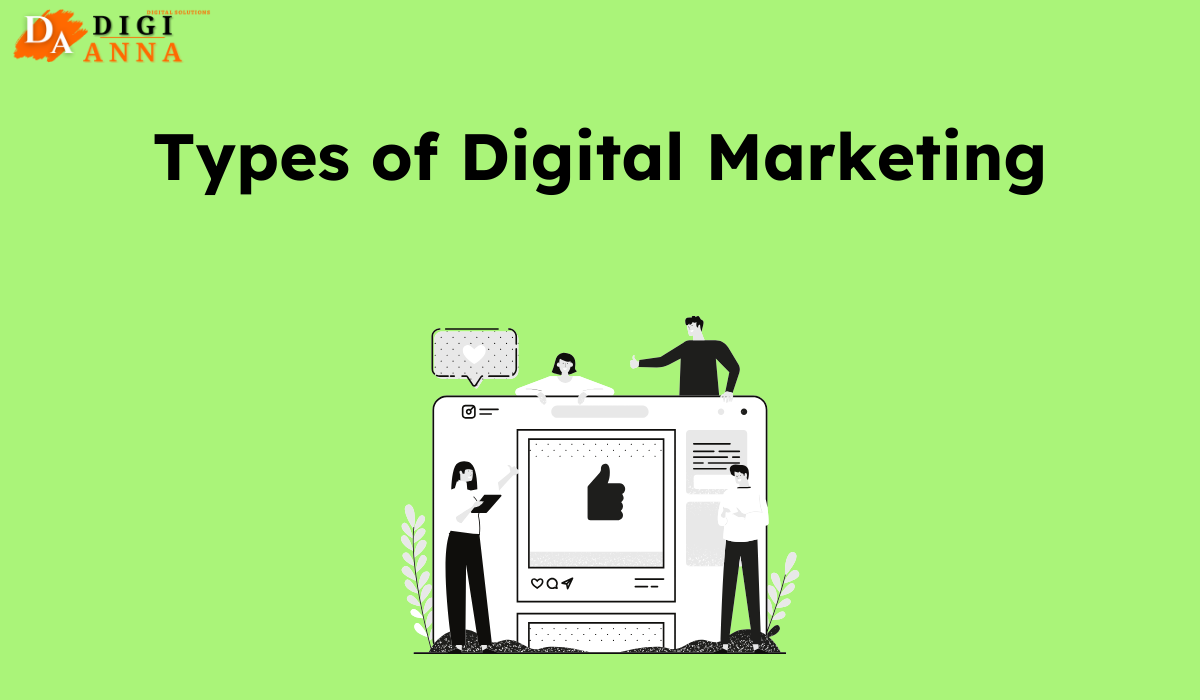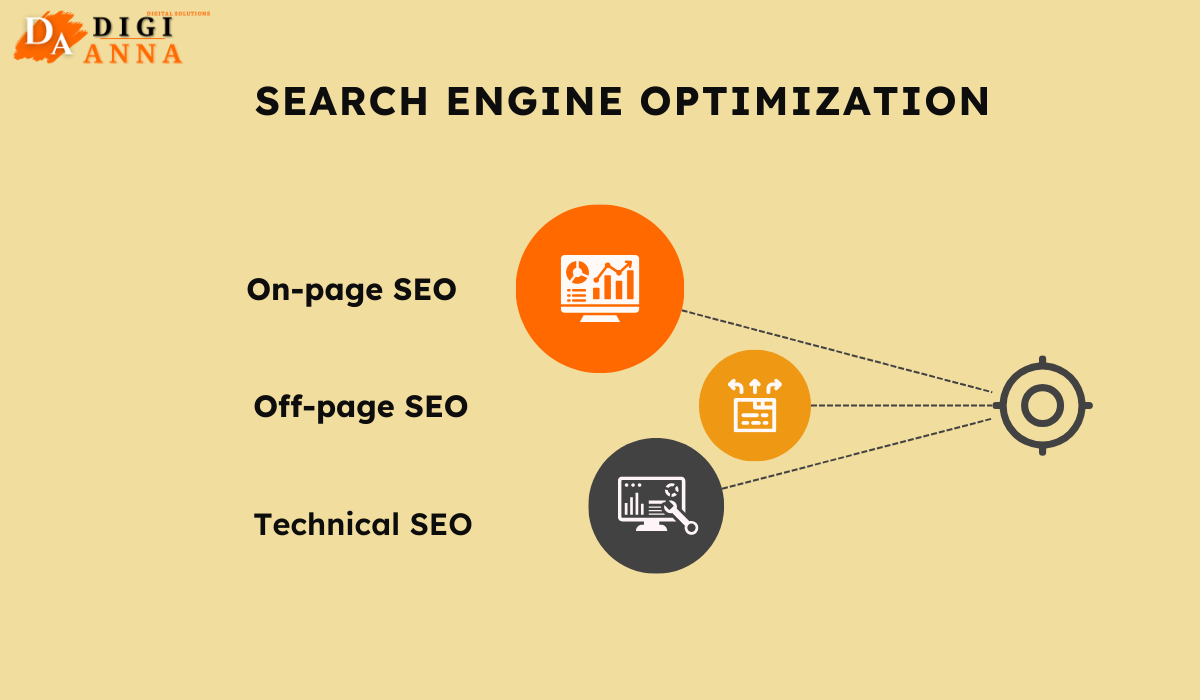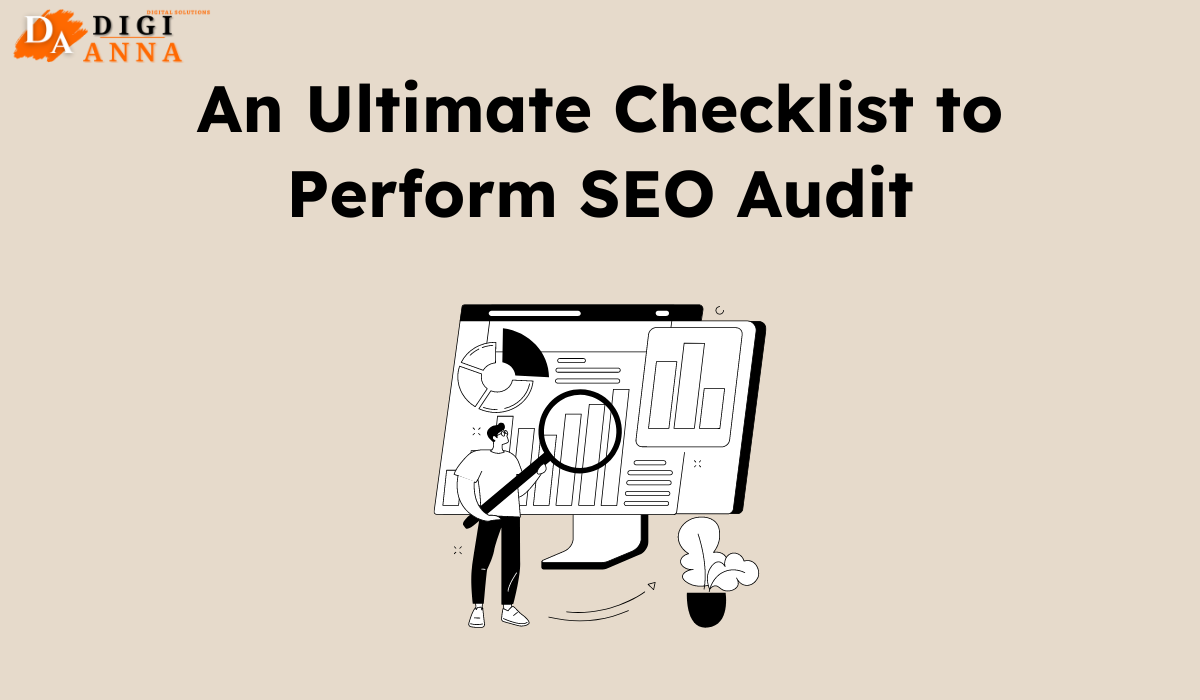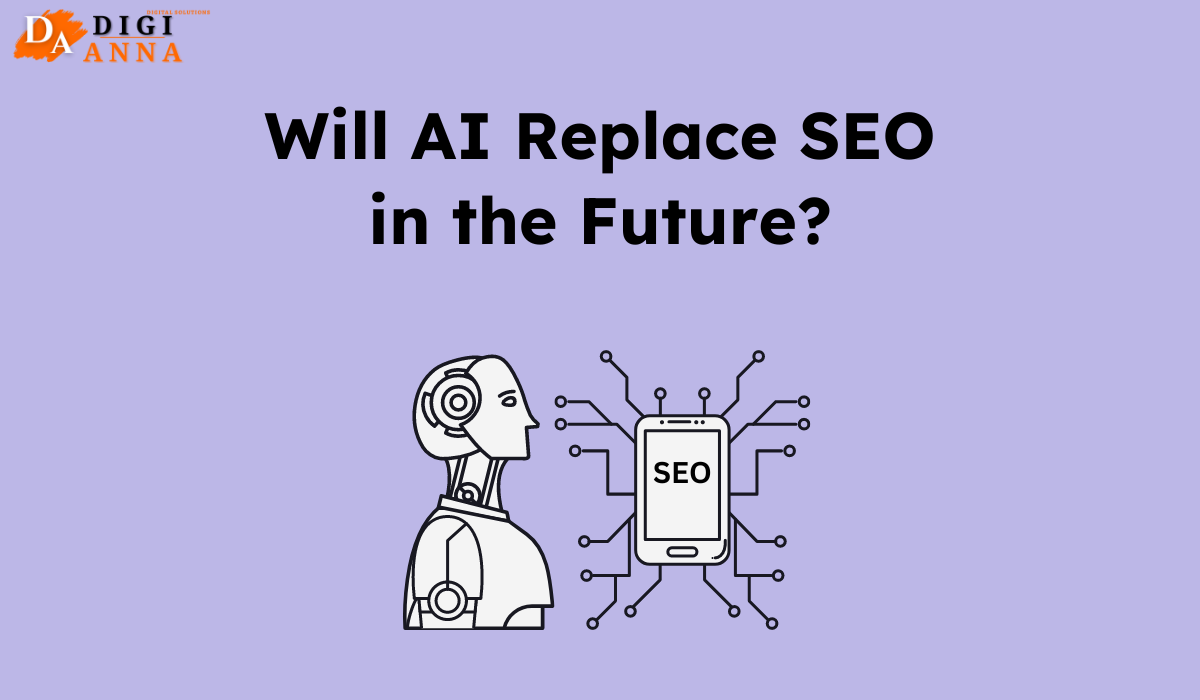In a world where consumers are increasingly turning to the internet to find solutions to their problems and discover new products, having a robust digital presence is no longer optional—it’s essential for survival. Simply put, digital marketing means promoting your products or services using electronic devices like smartphones, computers, or tablets. But it’s more than just ads popping up on your screen. It’s about connecting with people right where they are – online. Digital marketing helps businesses reach a wider audience, target specific groups of people, and ultimately boost sales. Whether it’s through social media, emails, or search engines, it offers endless possibilities to showcase your brand and engage with potential customers. So, buckle up! In this blog, we’ll explore different types of digital marketing and why each one is crucial for businesses aiming to thrive in the digital age.
Types of Digital Marketing
You can leverage different forms of digital marketing to increase your audience reach. Achieving optimized results involves utilizing various digital marketing channels within a comprehensive strategy.
To assist you in identifying the most effective digital marketing strategies for your business, here are 11 key types of digital marketing:
1. Search Engine Optimization
If you want your pages to rank at the top of a search engine result page for a specific set of keywords, you must optimize your website’s content, technical setup, and reach. This process is known as Search Engine Optimization SEO. Businesses use SEO to evaluate the performance of their website, compare it to their competitors, and develop a strategy.
Most companies improve their ranking on the SERPs by:
- Producing outstanding content
- Increasing user engagement
- Ensuring mobile compatibility for advertisements
Businesses must also consider technical SEO, off-page SEO, and on-page SEO.
On-page SEO
On-page SEO concentrates on improving the aspects of websites that people interact with. This SEO part mainly relies on keyword research. The content on the website can be optimized to respond to your audience’s most crucial queries if you have the correct list of target keywords.
On-Page SEO
Off-page SEO is the process of enhancing activity outside your website. It primarily focuses on building high-quality backlinks to your website. These links gradually impact your domain authority. Consequently, they might improve your rankings over time.
Technical SEO
Technical SEO involves optimizing your website’s infrastructure. Addressing backend aspects like site speed, image compression, structured data, and metadata enhances user experience. In fact, search engines crawl the code of your website to determine SERP rankings.
2. Content Marketing
Quality content is essential for optimizing a page. This type of digital marketing helps companies engage in leads and turn them into loyal customers. Providing something for free to potential customers encourages them to make a purchase, which also makes it a successful approach.
The different types of content marketing include the following:
- Blog Posts
- Ebooks
- Newsletters
- Audio or video transcripts
- Whitepapers
- Infographics
Content marketing is an effective tool. However, there are difficulties as well. Content marketers must provide valuable content that creates relationships across their pipeline to rank top in search engine results, engage readers who share the content, and encourage them to interact with the brand.
It is essential to create content that is free from grammatical or spelling errors, easily understandable, and engaging. Your content should direct readers toward the next stage, such as a signup page or free consultation with sales representatives.
3. Social Media Marketing
Social media marketing involves proficiently promoting your business across various social platforms. This is pivotal in different types of digital marketing since it fosters direct interactions between companies and customers. By engaging people online in conversation, social media marketing not only drives traffic but also increases brand awareness.
Your company must be active on several social media platforms since it is everywhere. The most popular social media networks are Facebook, Twitter, Instagram, YouTube, and LinkedIn, depending on your industry.
To grow your social media audience, follow these tips.
- Create captivating, high-quality content.
- Professionally address questions and remarks
- Establish a schedule for posting on social media channels
- Post when it is convenient for you
- Social media managers can be hired to promote your products and services online.
- Know your audience, like on which social media channel they are most active.
4. Pay-per-click ( PPC) Marketing
In pay-per-click marketing, you pay each time a user clicks on your advertisement. Pay-per-click ads (PPC ads) are displayed on the search engine result pages when someone searches for a particular query.
Every PPC campaign includes one or more conversion targets that viewers must complete after clicking an ad. These can be transactional or non-transactional conversions, including purchasing, signing up for the newsletter, or calling your home office.
Follow these quick suggested practices for an effective PPC campaign:
- Enhance the quality of your ads by raising your Quality Score in Google Ads.
- Ads should address the issues that your target audience has.
- Improve your landing page’s performance.
- Use smart bidding techniques to make a bid that is just right – neither too high nor too low.
Search engine advertising is one of the most commonly utilized types of PPC. Many businesses rely on Google Ads to advertise on Google, as it’s the most widely-used search engine. When an ad appears on a search engine’s results page, businesses bid in an auction-style system to fill that spot with various factors like:
- Ad Quality
- Relevance of Keywords
- Landing Page Quality
- Bid Amount
5. Affiliate Marketing
Affiliate marketing is a tactic that requires affiliates to market a company’s goods or services to their following. The affiliate receives a percentage commission or a fixed finder’s fee when a customer purchases that affiliate. It is similar to influencer marketing, but the primary distinction is that you only pay affiliates the agreed-upon sum if a customer purchases due to their endorsement.
6. Influencer Marketing
Influencer marketing is a digital marketing tactic companies use to advertise their products or services through well-known content creators. It is similar to affiliate marketing, but the only distinction is that it does not include profit sharing. With this digital marketing tactic, the influencer is compensated independently of the sales their promotion generates.
Make the most of influencer marketing by using the following advice:
- Partner with influencers who are aware of your sector and have a strong reputation; after all, they represent your brand.
- Create a detailed written compensation agreement that is clear and concise.
- Clearly define the language, tone, and procedures for the influencer.
7. Native Advertising
Paid advertising, known as “native advertising,” creates ads that closely replicate the appearance and experience of a platform’s content. The objective is to portray the ads as content rather than intrusive advertising. Native advertisements blend in with their surroundings, making it difficult to tell that you are promoting something.
8. Marketing Automation
Digital marketing automation streamlines the development of precise and effective digital campaigns, allowing for a shift away from repetitive tasks to concentrate on the strategic aspects of digital marketing endeavors. Artificial intelligence (AI) and machine learning (ML) tools support these online promotional efforts. Moreover, adopting marketing automation advantages your business and substantially enhances engagement levels between you and your audience.
Market automation enables companies to stay abreast of personalization demands. It gives brands the power to:
- Analyze and collect consumer information
- Targeted marketing campaigns
- Post and send digital marketing messages to the right audience at the right time.
9. Email Marketing
Using strategic email messages to communicate with your consumers is known as email marketing. Email remains the fastest and most direct method of contacting clients after over a decade. However, your content must be highly engaging, relevant, informative, and entertaining to stand out in your subscribers’ inboxes, among other competitive content.
Although email may be the most common form of digital marketing, it has remained relevant. To maximize the effectiveness of your email marketing initiatives, stick to the following best practices:
- Include their name, at the very least, in the email’s subject line and text because your audience expects customized mailings.
- Always use a single call to action to clearly state the email’s purpose.
- Incorporate an unsubscribe link into every email signature you use.
- Avoid spamming clients’ inboxes with pointless or repetitive messages; otherwise, they may click the unsubscribe link.
- Sync emails from transactions and promotions.
10. Mobile Marketing
Digital marketing geared toward mobile phone users is known as mobile marketing, also known as SMS marketing. It engages your target audience across mobile devices such as smartphones, tablets, and wearable technology like smartwatches.
11. Video Advertising
Promoting your company through either long- or short-form video is known as video marketing. Unsurprisingly, many platforms embrace and even encourage video marketing as it allows you to convey more details in less time.
Grab advantage of the growing field of digital marketing by using video content, which benefits many consumers. You may create high-quality films on a smartphone for your business’ website, social network accounts, email campaigns, and commercials.
In a Nutshell
Understanding the various types of digital marketing is crucial for businesses in today’s hyperconnected world. Whether it’s through any method, it offers unique opportunities to connect with audiences and drive success. Therefore, with continuous learning and adaptation to emerging trends in digital marketing, you can succeed in your business!




